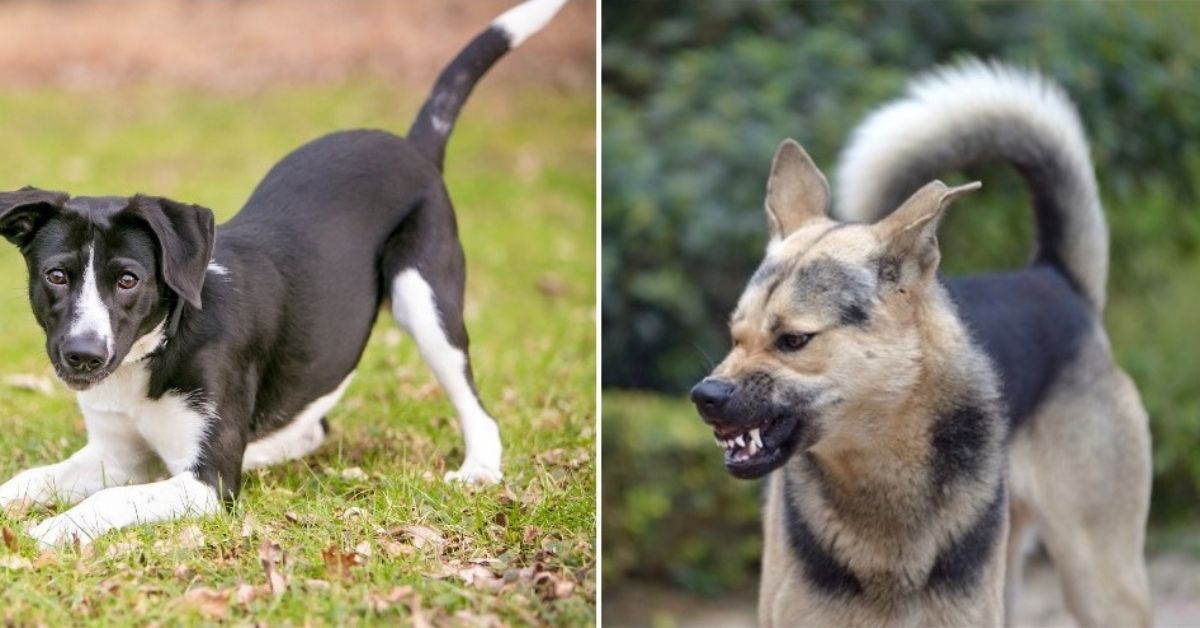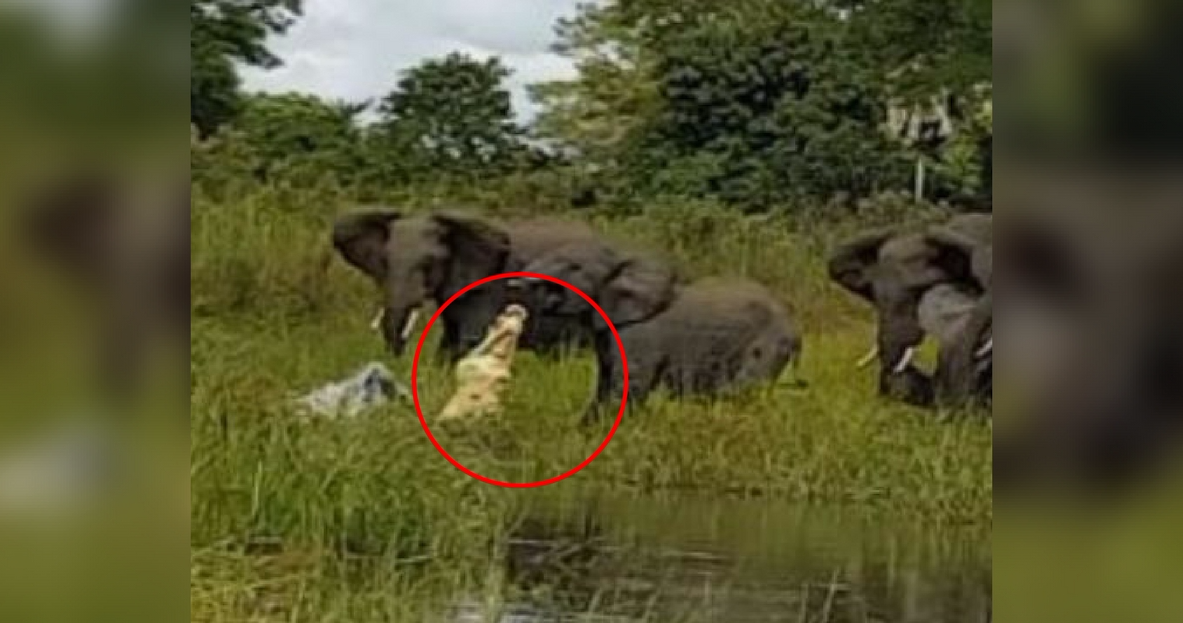This article was written by John Woods, founder of "All Things Dogs" and a dog training and behavior expert.
Without being able to talk to your friend, how do you know exactly how they are feeling? Most of us take for granted that if a friend is feeling scared, or excited, or amused that they can tell us exactly how they're feeling.
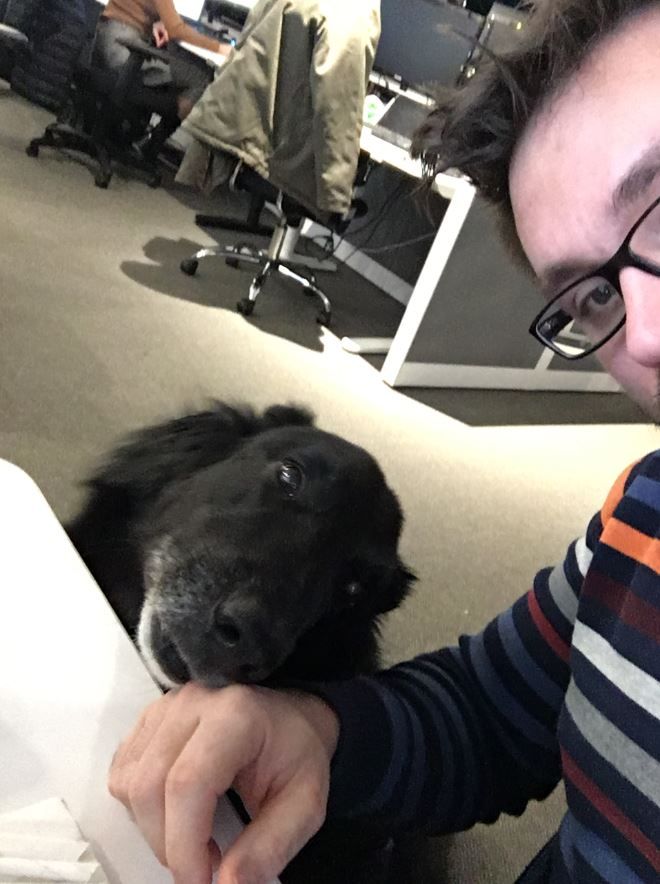
But what about when it comes to understanding our dog's (i.e. your best friend's) feelings and emotions? How can we understand their needs when they are unable to talk? Well, with our furry friends, dog trainers have been using the BET acronym over the last twenty years, to help us to understand how their dog might be feeling, by looking at their:
- Body,
- Eyes, and
- Tail
If you understand exactly what you're looking for, it becomes a lot easier to read your dog's body language and figure out what they need from us.
We're going to look at four different examples of dog body language, to start to give you a little bit of insight into what they're trying to communicate to you.
Tail Wagging "“ Happy Dog?
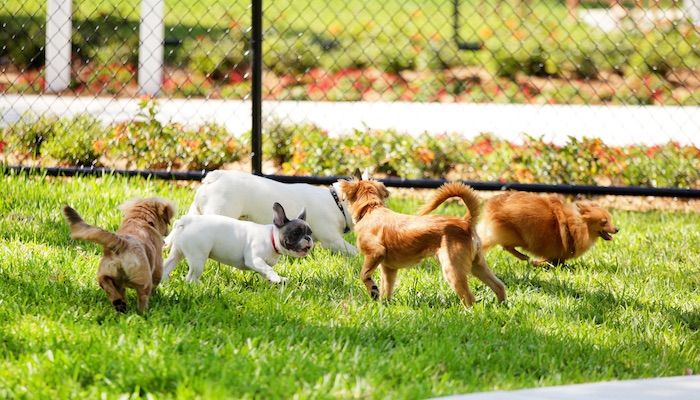
You might assume that because your dog's tail is wagging, that they are happy and excited, especially for dogs who are always excitable! Most of the time, you'd be correct, but, if you fail to look at the rest of their body language, you might miss that they're actually feeling scared or unsure.
A low hanging, slow waging tail accompanied by avoiding eye contact suggests your dog is feeling scared of something.
Whereas a high, very stiff tail wag accompanied by a stiff body, with ears pricked up might suggest that he is feeling agitated and about to make a bad decision.
See how important it is to look at the body as a whole, before jumping to the conclusion that a wagging tail means a happy dog?
Freeze "“ Serious Situation
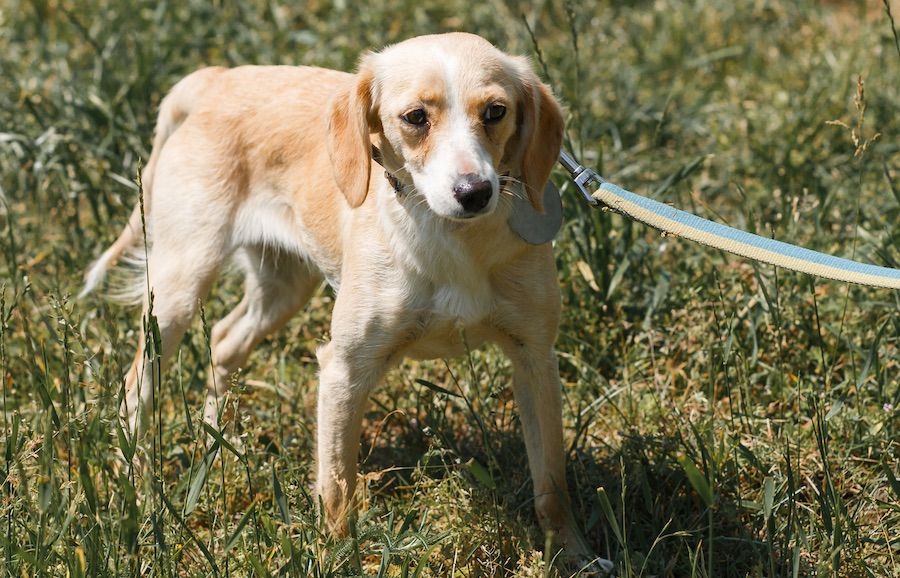
When a dog freezes, it is a very clear signal that means they are feeling very uneasy about something.
This freeze can be a long pause, or over in a matter of seconds and if you aren't aware of what you're looking for. It can escalate very quickly because the dog may feel the need to attack if they're feeling threatened, or being attacked if they become submissive.
Their body will become very stiff and still. Freezing is known as stiffening up, and is usually the step just before a dog might snap or bite.
Rolling Over "“ Play Time?
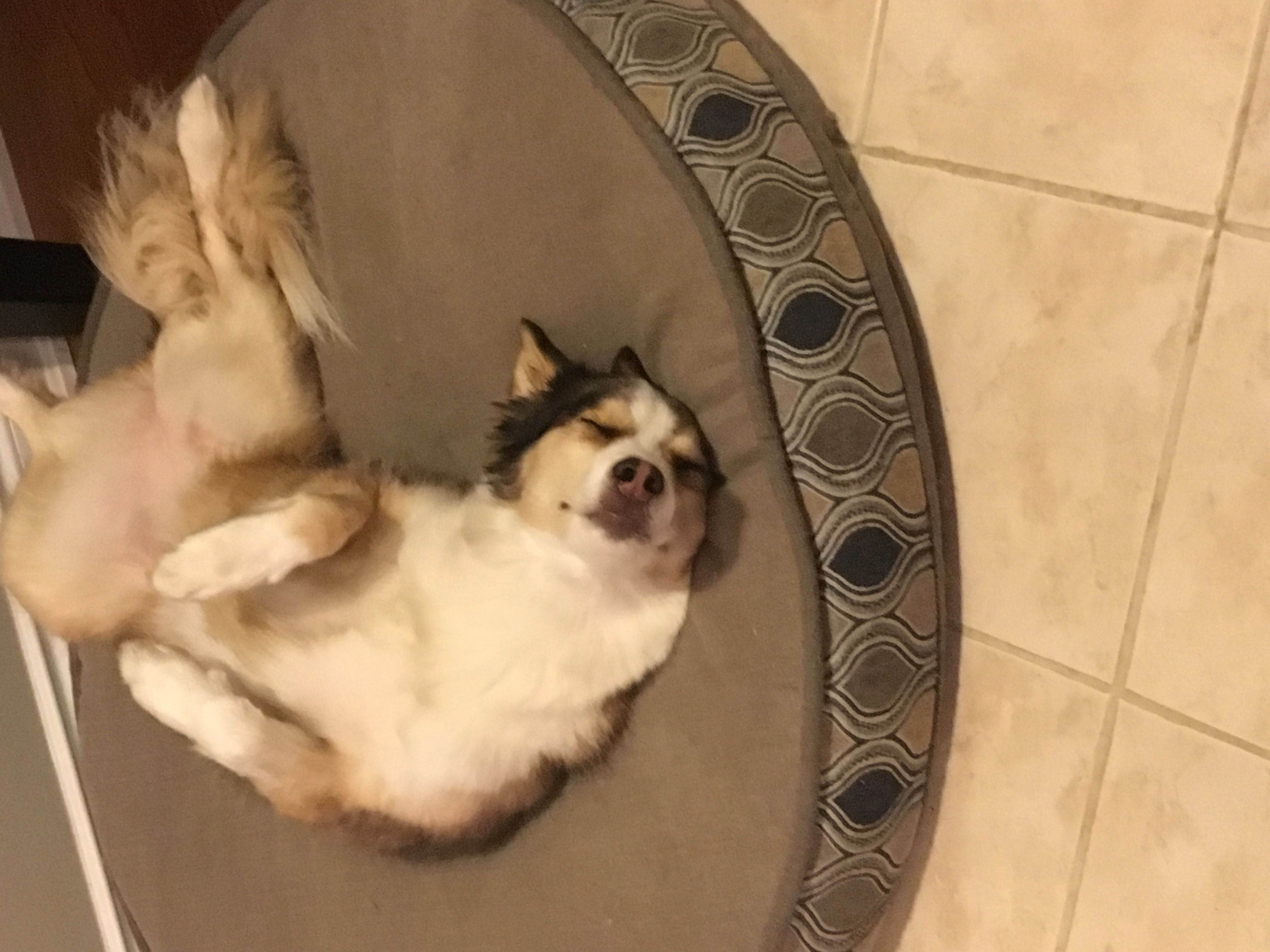
You see your dog rolling over on the floor with their legs in the air, what are they trying to tell you?
Most of the time, when a dog rolls over, they're showing you that they aren't a threat and they just want a good old belly rub.
But you need to look carefully at the rest of their body language to be sure. What is their tail doing? Is it wagging, or is it tucked under?
Whilst at the first instant it might look like they want a belly rub, if their tail is tucked and they are avoiding eye contact or they have a fixed gazed, they might actually be feeling threatened and scared.
They perhaps started the roll wanting attention, but once in that position, felt unsafe. Or maybe they've rolled over to be submissive to another dog?
Always look at the dogs overall body language and surrounding situation before making a call on how the dog is feeling.
Ears Back "“ Feeling Scared?
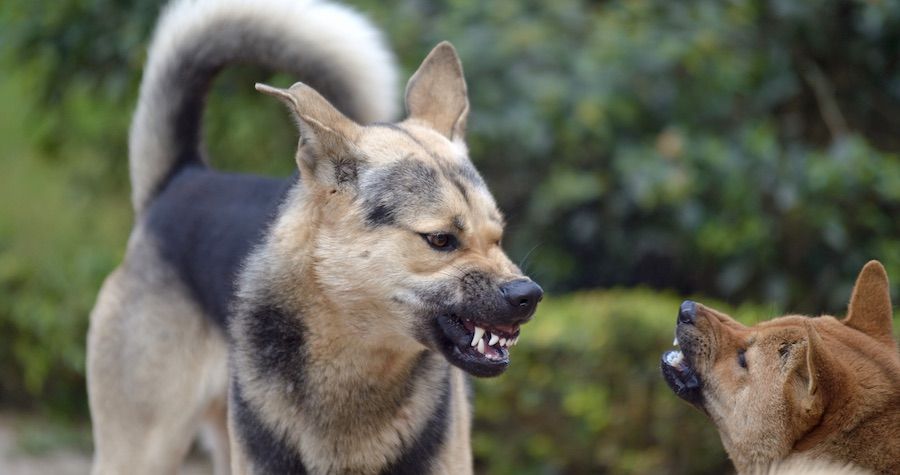
Just like the other three scenarios, you have to take into account the dog's body language as a whole. It's no good trying to decipher how they're feeling from just looking at their pinned back ears.
If their ears are gently pulled back, and they have a wagging tail it's likely that they're relaxed and happy and want to have a cuddle.
However, if their ears are flat and pinned to the side, then they might be scared or aggressive. What does the rest of their body language tell you?
If the dog is baring their teeth with pinned back ears, they're likely about to attack, whereas if they're lowering their head and looking submissive they are probably scared.
You can see just how important it is to look at all of their body to assess the situation before making a decision on the best way to approach or help your dog.
They best thing to do is remember the BET acronym and quickly work your way through it whenever you spot a behavior that you're not quite sure about.
